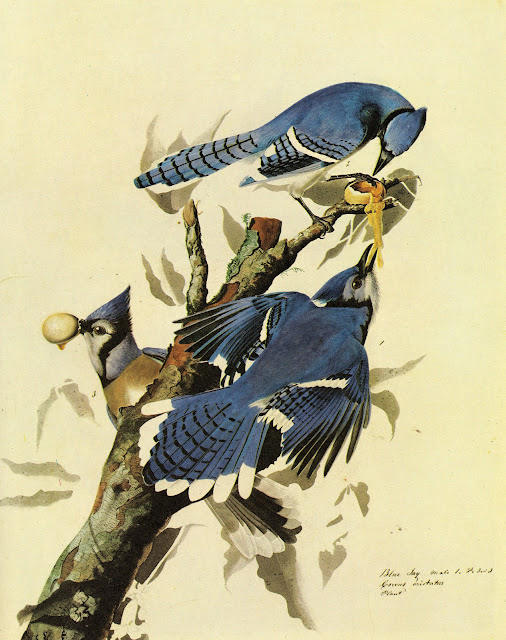 |
| Miniature of two knights bearing shields with the emblems of Leicester and Chester |
This is the shortest codex at facsimilium, so far: only 20 leaves with the genealogy of Robert Dudley -Earl of Leicester- tracing his descent from the Earls of Leicester and Chester, beginning with individuals of the 11th and 12th centuries, and providing the heraldic devices of the principal members of these families.
About Robert Dudley, was an English nobleman and favourite of Elizabeth I from her first year on the throne until his death: On 18 November 1558, the morning after Elizabeth's accession, he witnessed the surrender of the Great Seal to her at Hatfield and became Master of the Horse on the same day (an important court position entailing close attendance on the sovereign).
Codex, (layout, script and binding details below), best leaves:
 |
| Robert Dudley is mentioned in the introduction but does not appear within the genealogy tree, as noted in a late 16th- or early 17th-century hand note (right side) |
Related references/details about the codex:
- McGeoch, Barbara. A study of a genealogical manuscript of Robert Dudley, Earl of Leicester. MA thesis, City University of New York, 1974. Link to book (google books) here
- Provenance (source::University of Pennsylvania as they host a digitized copy of the codex) as follows, Sold to H. P. Kraus by a London book dealer before 1964; consigned by Kraus to Sotheby's, 1964 (unable to check on sotheby's webpage). Sold to Madeleine Pelner Cosman by Sotheby's, 1964. Finally, was sold by Les Enluminures (Paris and Chicago), 2007. Les enluminures web page doesn't have a search engine, couldn't make further investigations here...
- Codex physical description (same source Penn Univ): 20 .aper leaves; 219 x 165 mm. bound to 223 x 170 mm. Layout: Written in 25 long lines, ruled in lead; double vertical and single horizontal bounding lines in pale red ink. Script: Written in a hybrid secretary bookhand. Binding: Contemporary stiff vellum with five cords sewn through and visible on spine and one cord now gone at tail of spine; holes for two missing ties on fore-edge of covers.















